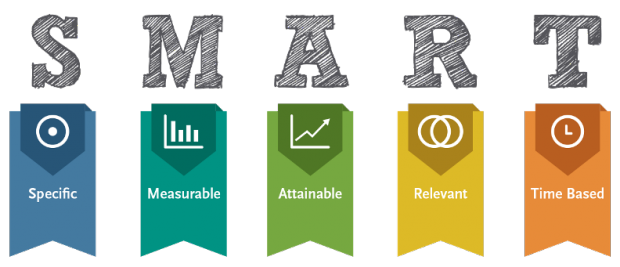What are future trends in marekting communication?
Learning objectives:
What are current trends in marketing communication?
What are future trends?
How does technology affect marketing communication in the future?
Current trends in marketing communication
Consumer-Led communications marketing
The demographic change, Smartphones, technology and especially Social Media marks the rise of the "Consumer Marketing director". Digital trends all have one in comon: focus on the consumer. Brands place consumers at the center of marketing strategies and consumers change into models like we can see it on Instagram. Trends and Advertisements are shared in Social Media and a new information platform is created. Social Media is a "Grand Illusion" and masses a willing to follow.
Better Together
Making the marketing strategy more efficient print, social media, email and digital marketing have to work closely together. Especially in focus are omni-channel marketing campaigns through capabilities such as quality,variable data and press speed. As a result defining the message and targeting each sonsumer will make a huge difference and wide range in brand engagement.
Big Data
All omni-channel marketing campaigns are built on Big data collection. This also refers to Customer Relationship marketing and the difference between Mass Marketing or individual realtionship marketing. You need to target your audience with a customized message and therefore you need data analysis. With analysing the customer, his needs and bying habits omni-channel marketing can be effectively realized.
Marketing Accountability for Successful Campaigns
One of the most facing problems nowadays is to find the most suitable communication channel with regard to the budget. It is always about how effective the overall campaign can deliver the product and the marketing message especially with focus on the target group.
As a marketer, you’re held accountable for developing engaging marketing campaigns while increasing Return On Investment.
Communication Future Trends
- Put more focus on the value of emotions
- Studying behaviour
- Create value on Social Media Platforms ( Snapchat, Instagram, Facebook, Twitter, ...)
- Integration
How does technology affect market trends in the future?
Important Statistics regarding Marketing future trends:
- About 72 percent of marketers worldwide believe that the traditional marketing model is no longer adequate considering the abrupt and constant changes in digital marketing (Mondo).
- Mobile and video will be at the heart of customer engagement 3-5 years from now (Mondo).
- In 2017, digital marketing spending will surpass IT-related spending (Gartner).
- Predictive analytics and customer-centric objects are key in creating a more individualized marketing experience (NJIT).
- By 2020, there will be more than 75 billion devices in use worldwide (Business Insider).
Technolgy and Digitalization
Technology already is an omnipresent topic and it will impact digital marketing in the future. For example the invention of virtual reality could be a new trend with high influence on social media and digitalization. The future already starts by innovative new ideas like virtual reality and the implementation of it for example Samsung gives away a virtual reality glass with every new bought phone. The digital era already has disrupted traditional marketing and especially new platforms are created by digitalization.
Another future trend will be Internet of things. This means that physical objects like devices, vehicles, buildings and other items are connected via internet and sensors. The technology becomes an instance of the more general class of cyber-physical systems and smart homes, smart grids and smart transportation will be omnipresent. Especially the connection and communication via internet will make customers more transparent and will bring value to the marketing and communication sector.
My tending Trends
Cyber-physical systems
Virtual reality
Internet of things
Smart technolgy
Sources:
http://earthcolor.com/2016/01/18/3-trends-2016-marketing-communications/
http://www.edelman.com/p/6-a-m/beyond-grand-illusion/
https://www.youtube.com/watch?v=jcbnt4Svq9Y
http://tech.co/3-trends-will-shape-future-digital-marketing-2015-09
http://www.forbes.com/sites/gartnergroup/2016/01/15/top-10-technology-trends-for-2016/#68a8a3ec5ae9
https://www.google.com/search?q=cyber+physical+systems&client=firefox-b&source=lnms&tbm=isch&sa=X&ved=0ahUKEwjehI-3ibHMAhUD2SwKHcmBCPMQ_AUIBygB&biw=1280&bih=610#imgrc=A1MX_wWjPA0sAM%3A

